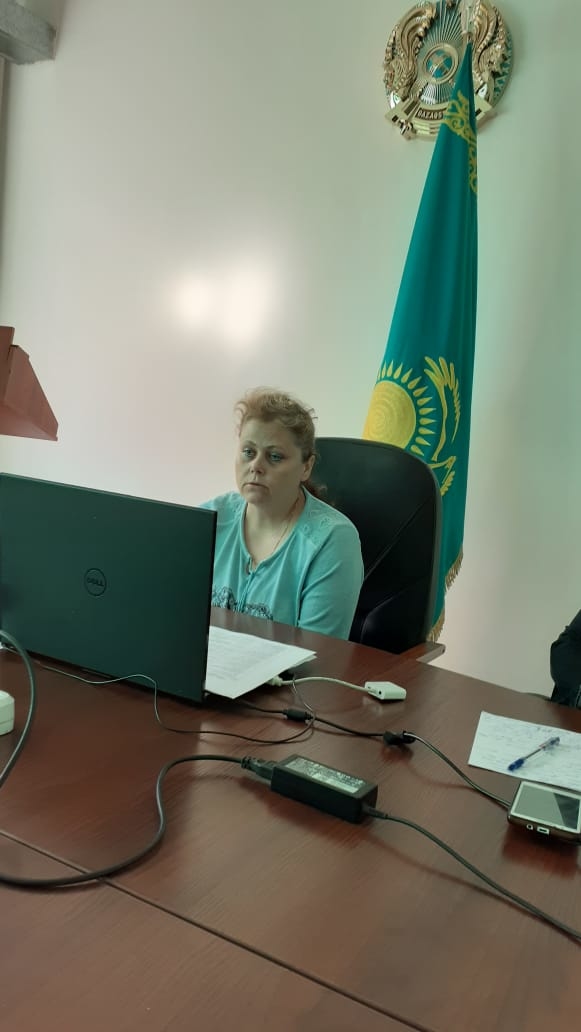
Scientist of LLP "Kazakh Scientific Research Veterinary Institute" Suschih V.Yu., who is candidate of veterinary sciences, head of the department of epizootological monitoring and risk assessment of bacterial animal diseases has conducted an online consultation on the topic “Diseases of the extremities in cattle and small cattle of infectious etiology”.
Employees of “Kazakh Research Veterinary Institute” LLP have been dealing with the problems of lameness in farm animals for many years.
Annual studies show that in many farms of the republic, purulent - necrotic diseases of the limbs in cattle and small cattle are widespread. In some farms, especially in the northern and eastern regions of the republic, the incidence of cows with necrobacteriosis reaches 30–56% of the total population.
Diseases of animal limbs cause significant economic damage to the economy, which consists of a decrease in milk productivity from 25% to 50%, a decrease in fatness, forced rejection, and the cost of treating sick animals.
The most common limb pathology in cattle, of an infectious nature, is necrobacteriosis, and in small cattle - hoof rot.
Necrobacteriosis is characterized by purulent-necrotic lesions of the skin, mucous membranes of the underlying tissues, sometimes parenchymal organs; while, as a rule, distal parts of the limbs are affected. This infection affects all types of domestic animals and most wild animals. Cattle are most susceptible, especially pregnant heifers and dairy cows. Young animals are much more sensitive than adult animals.
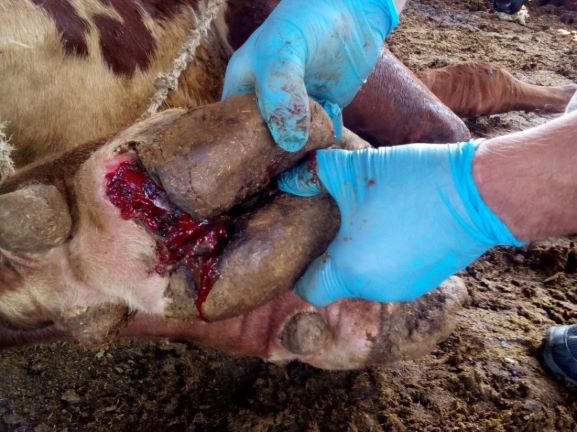
Figure 1 - Limb affected by necrobacillosis in cattle
In sheep and goats, an infection of the extremities is called hoof rot, which is infectious, chronically occurring disease characterized by maceration and inflammation of the skin of the arch of the inter-hoof cleft, progressive purulent-putrefacial decay of the hoofed horn and lameness, Figures 2-3.
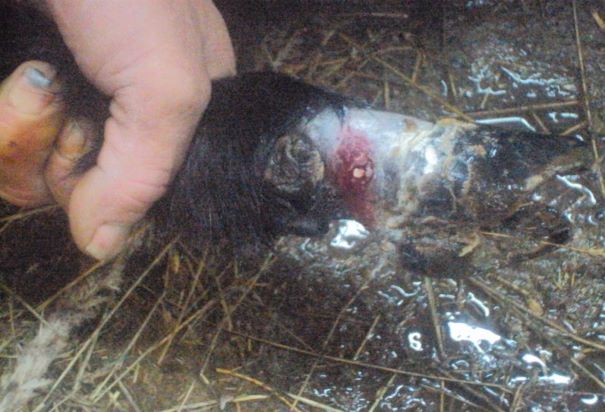
Figure 2 - Legs affected by hoof rot in small cattle

Figure 3 - Legs affected by hoof rot in small cattle (generalized chronic form)
Sheep and goats are susceptible to this disease, regardless of age, gender and breed. Animals are infected by direct contact with sick sheep or through infected litter, manure, soil, more often in pasture and watering.
The source of the pathogen for both infections is a sick animal and bacteria carriers. Bacteria are stored for months in the rumen and intestines of sick and already ill animals; they are constantly found in feed particles during chewing and less regularly in feces.
The causative agents of infections are widespread in the external environment (livestock buildings, walking area, manure, soil, etc.).
Infection of animals occurs when pathogens enter injured areas of the skin or mucous membrane. The severity of the course of the disease is facilitated by the weakening of the protective functions of the body as a result of poor living conditions, improper feeding, unsanitary conditions of the farm, and a large accumulation of manure in cattle houses, keeping animals on wet floors and especially during maceration (softening) of the distal parts of the limbs. Blood circulation in these places is disturbed, and when cracks occur, favorable conditions are created for the penetration and multiplication of necrosis bacteria.
Especially quickly these diseases spread in the spring when snow melts, as well as in rainy weather.
The treatment of the above infections should be comprehensive and started as early as possible before irreversible changes in the hooves occur, leading eventually to culling the animals. The therapy includes local treatment of the diseased limb (clearing, surgical treatment, dressing with antimicrobial agents), as well as a course of antibiotic therapy, while it is recommended to use tetracycline drugs, as well as cefazolin and chloramphenicol.
The employees of Kazakh Scientific Research Veterinary Institute have developed and successfully apply in two farms two specific prophylactic preparations: a vaccine against animal necrobacteriosis, which is universal, i.e. it can be used for cattle - small cattle, as well as for pigs, as well as the associated vaccine against necrobacteriosis and hoof rot for small cattle (Fig. 4-5).
To increase prophylactic effectiveness, in the manufacture of these preparations, local regional epizootic cultures of the pathogen were used.
The technology for manufacturing these vaccines is designed in such a way that allows the use of drugs not only for clinically healthy animals, but also for sick (lame) animals. Multiple experiments have shown that the administration of the drug to a sick animal in a double dose has a pronounced therapeutic effect in a short period.
Studies on various animal species have shown that the proposed vaccines are highly immunogenic, i.e. their prophylactic efficacy ranges from 85.7% to 98.8%.
The use of these vaccines is economically beneficial for farms, calculations have shown that the payback of veterinary measures is 16.6 tenge per 1 tenge of costs.
The employees of our institute are always ready to provide scientific and advisory assistance in the diagnosis, treatment, and also specific prophylaxis of necrobacteriosis and ungulate rot of animals.
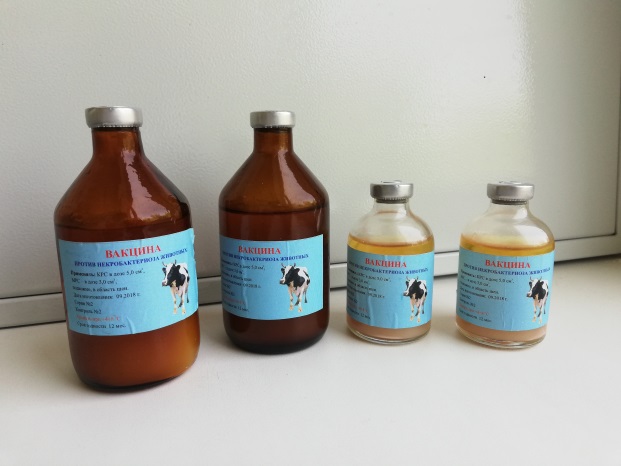
Figure 4 - Vaccine against animal necrobacillosis
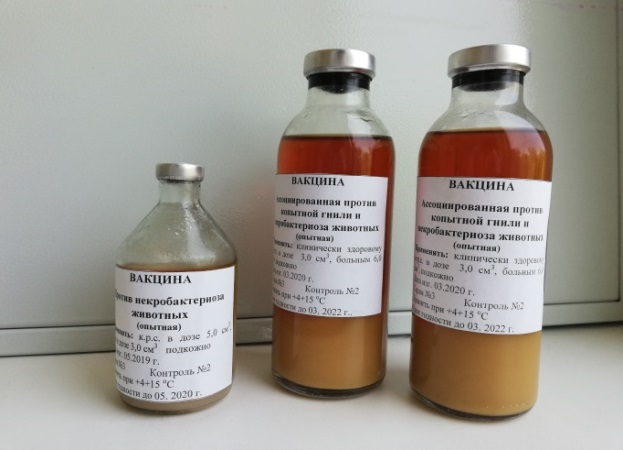
Figure 5 - Associated vaccine against necrobacteriosis and ungulates rotting small cattle.
Kazakh Scientific Research Veterinary Institute is a subsidiary organization of "National Agrarian Science and Educational Center" JSC and the only institute in the Kazakhstan, which employs scientists with experience in working with 344 varieties of strains of microorganisms, including 286 strains of bacteria, 26 strains of viruses, 9 strains of bacteria phages, 13 strains of pathogenic fungi, 3 strains of bloodparasitic protozoa, 7 overrun cell lines.

